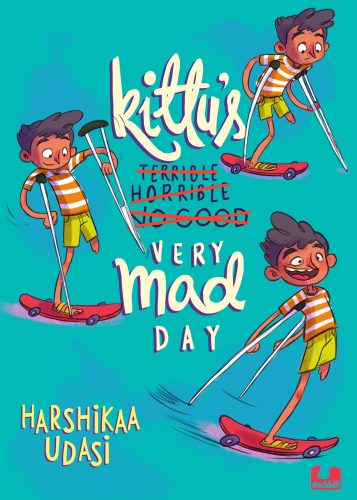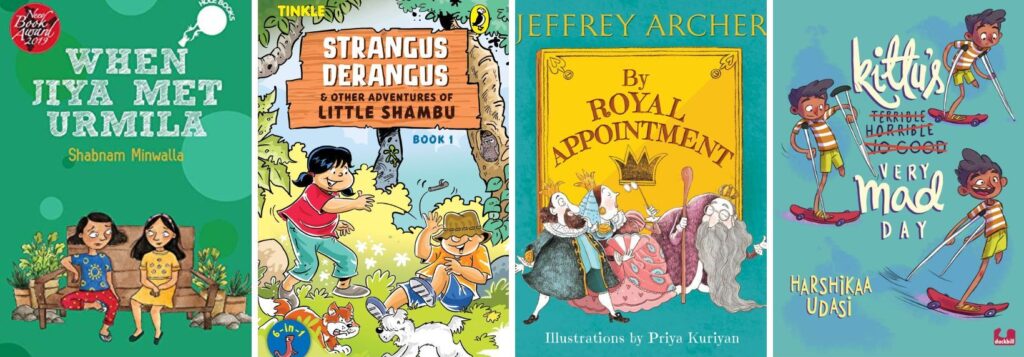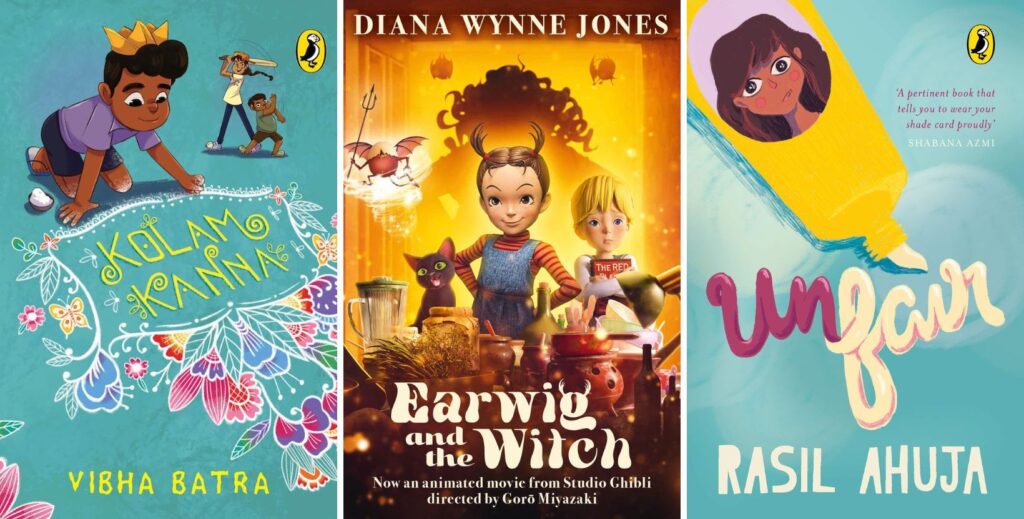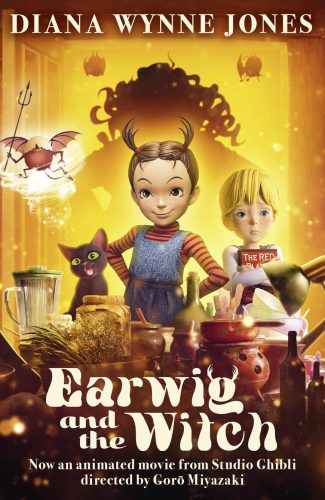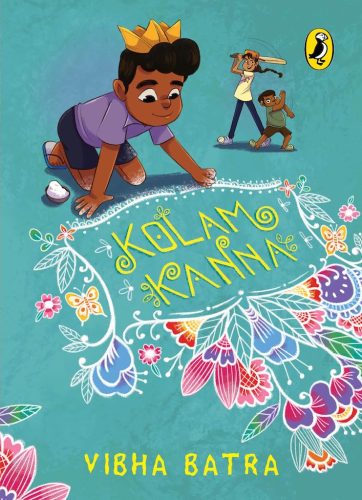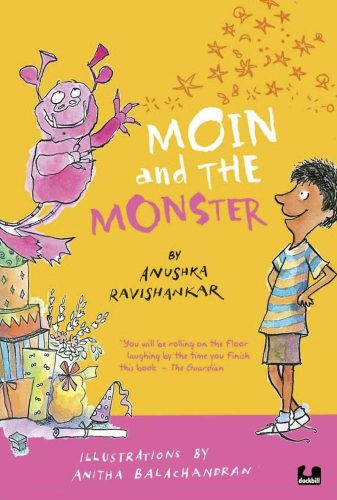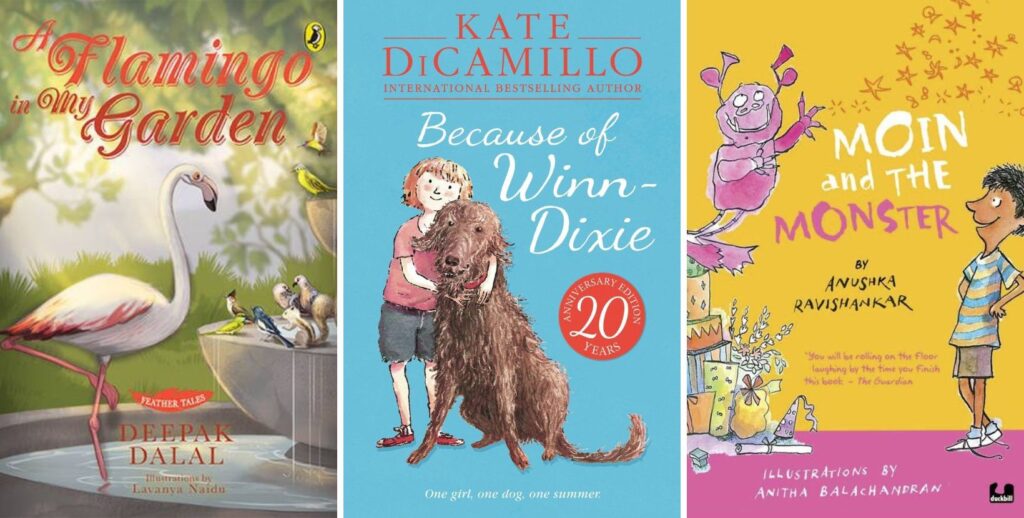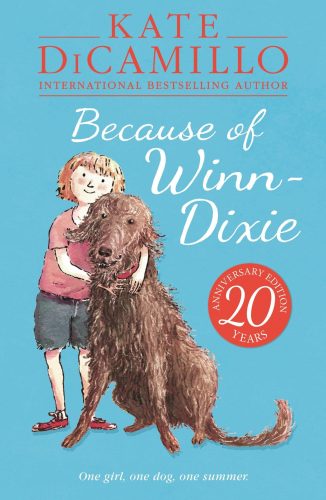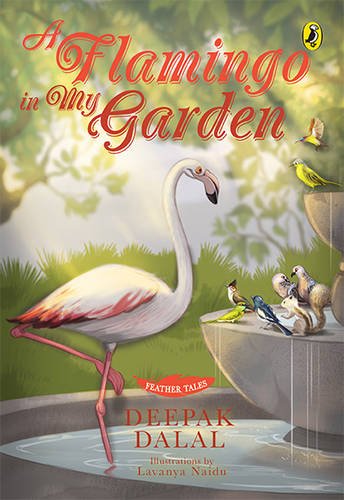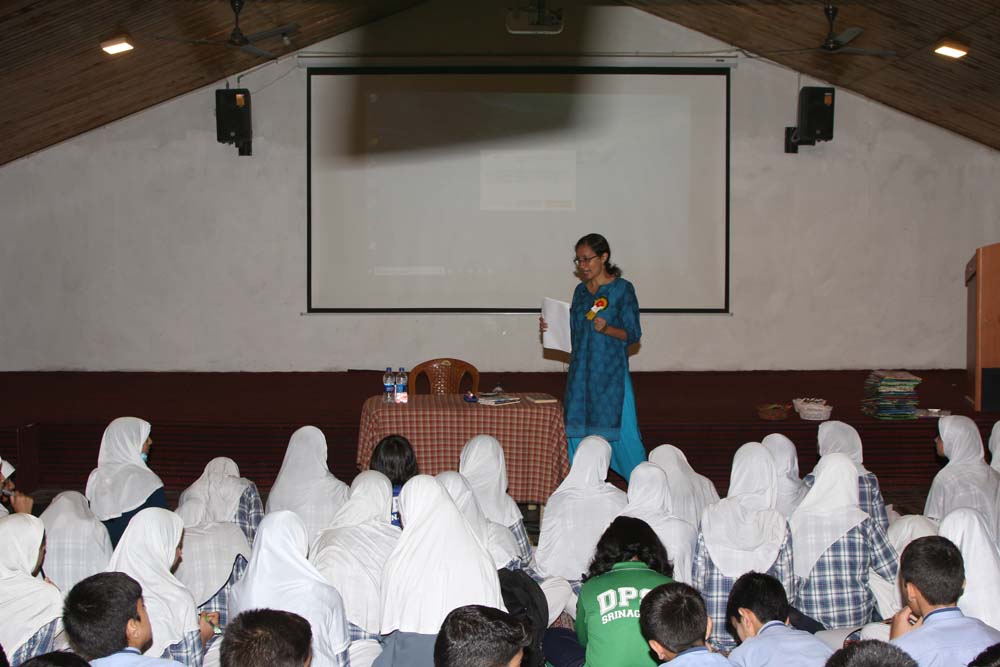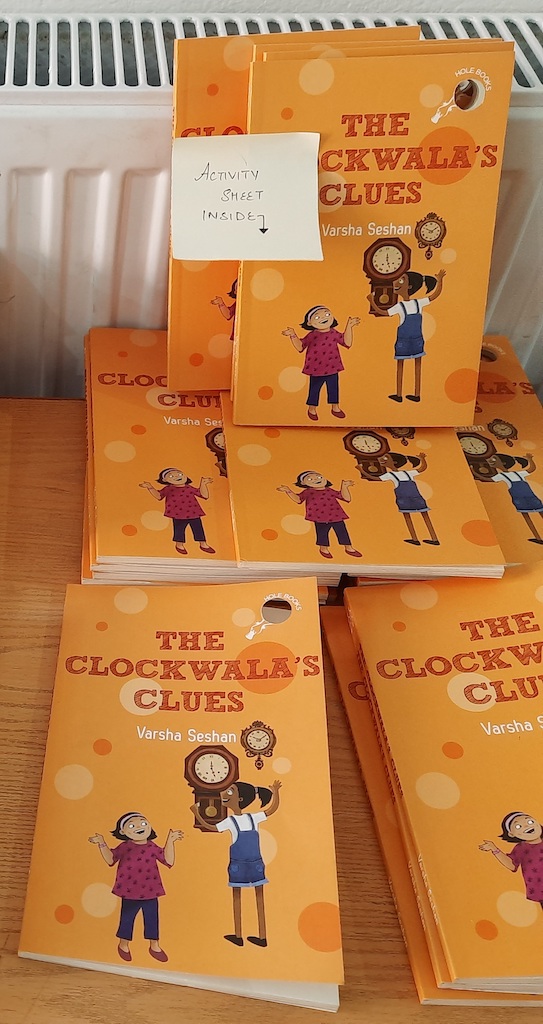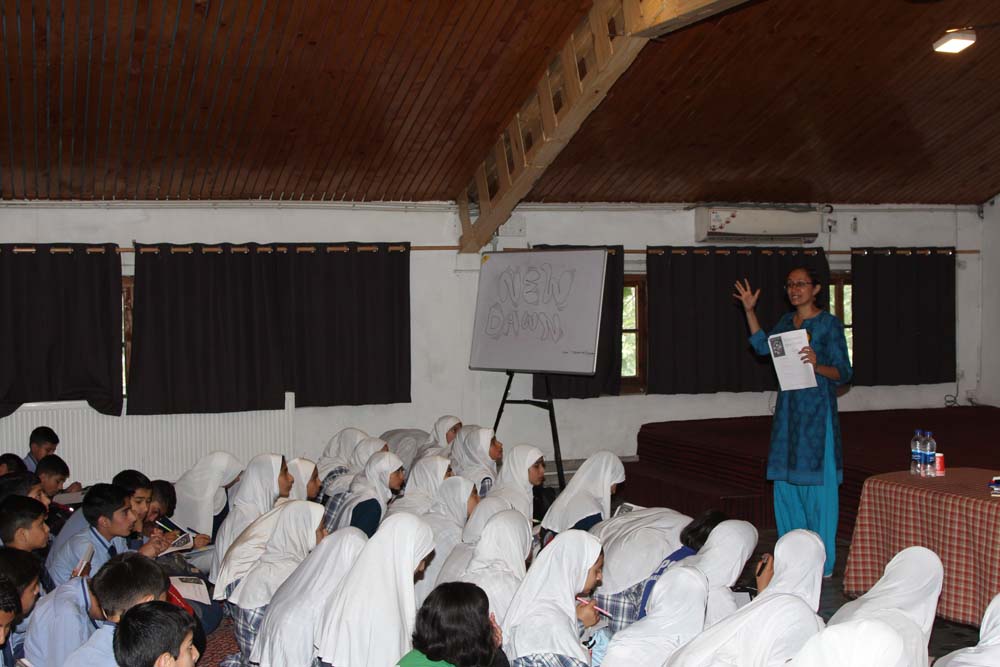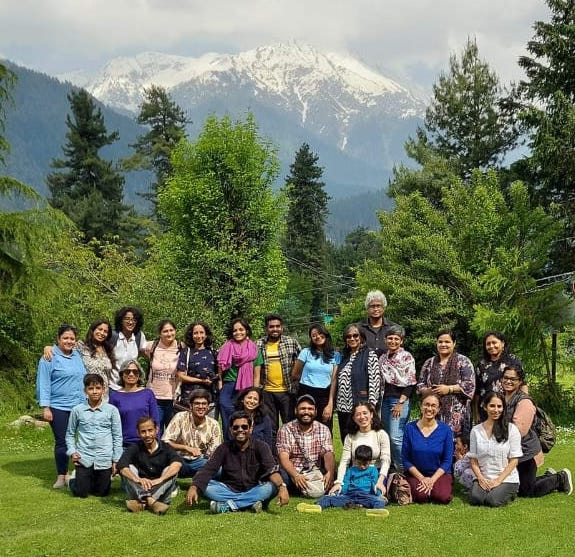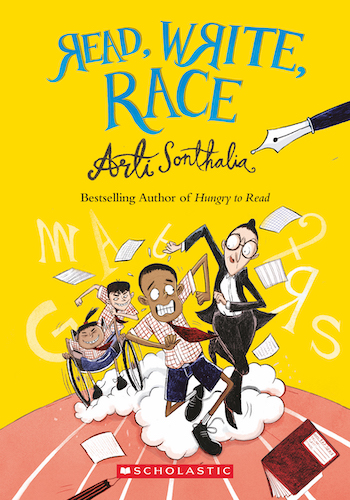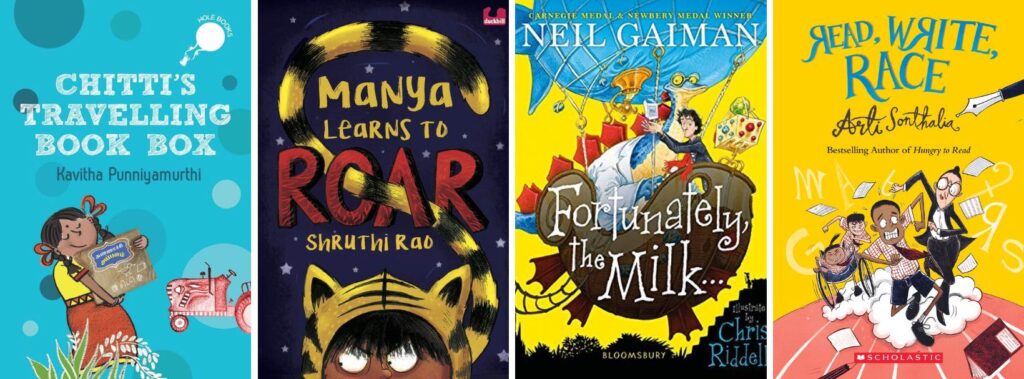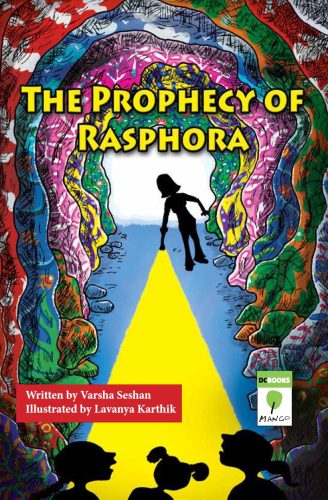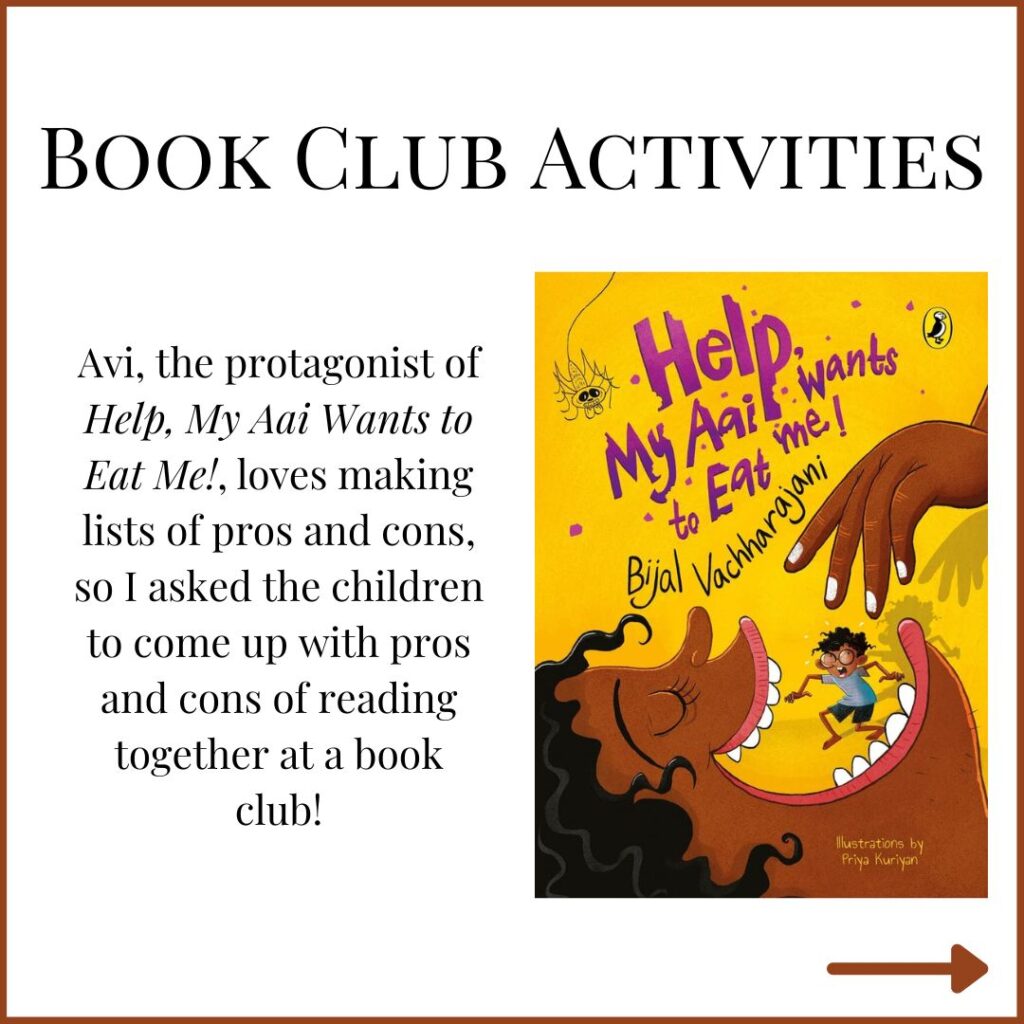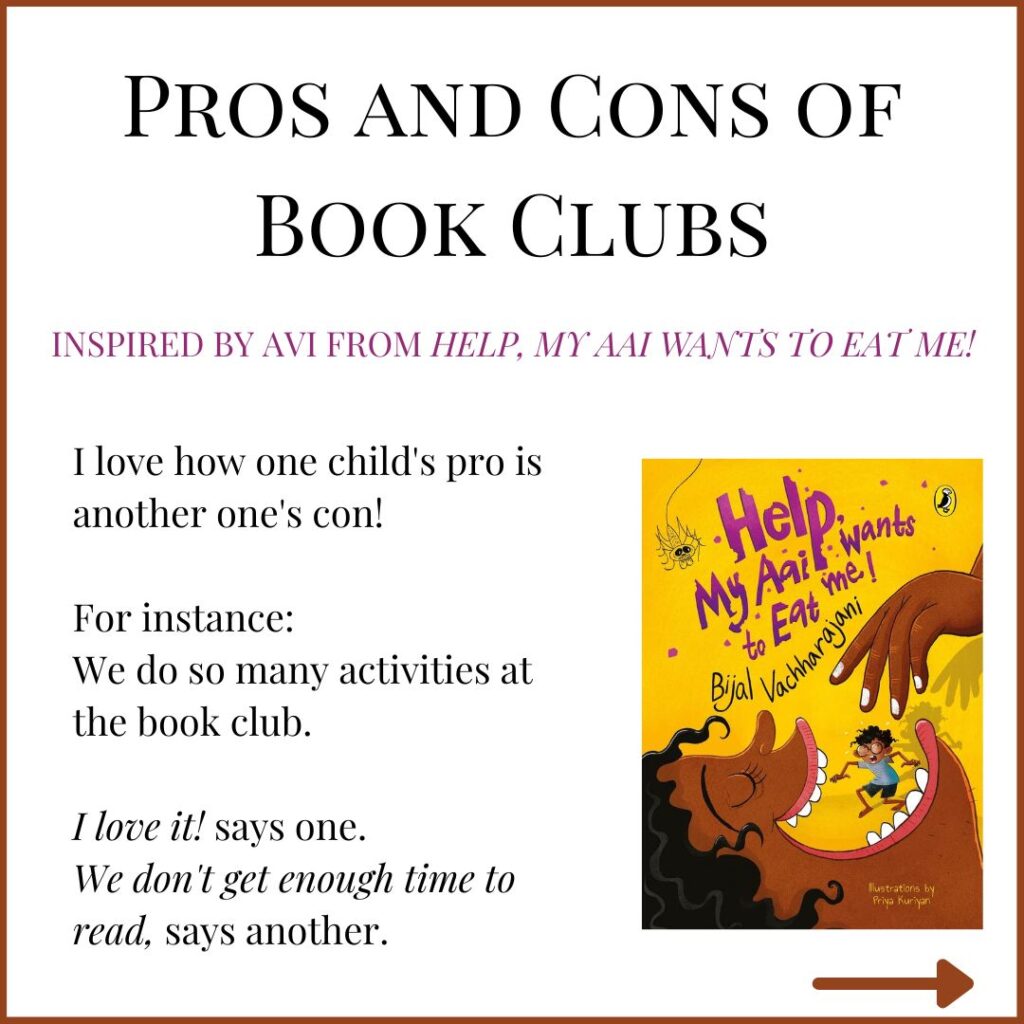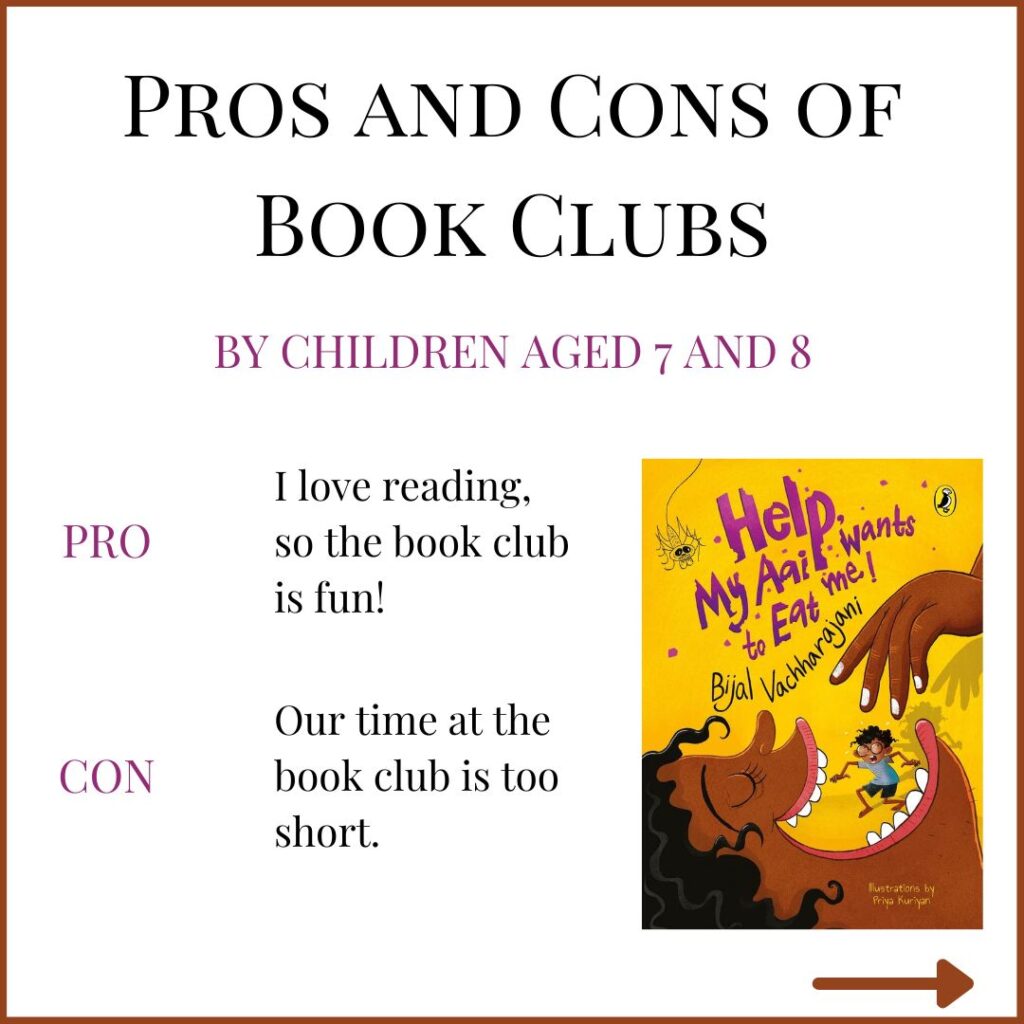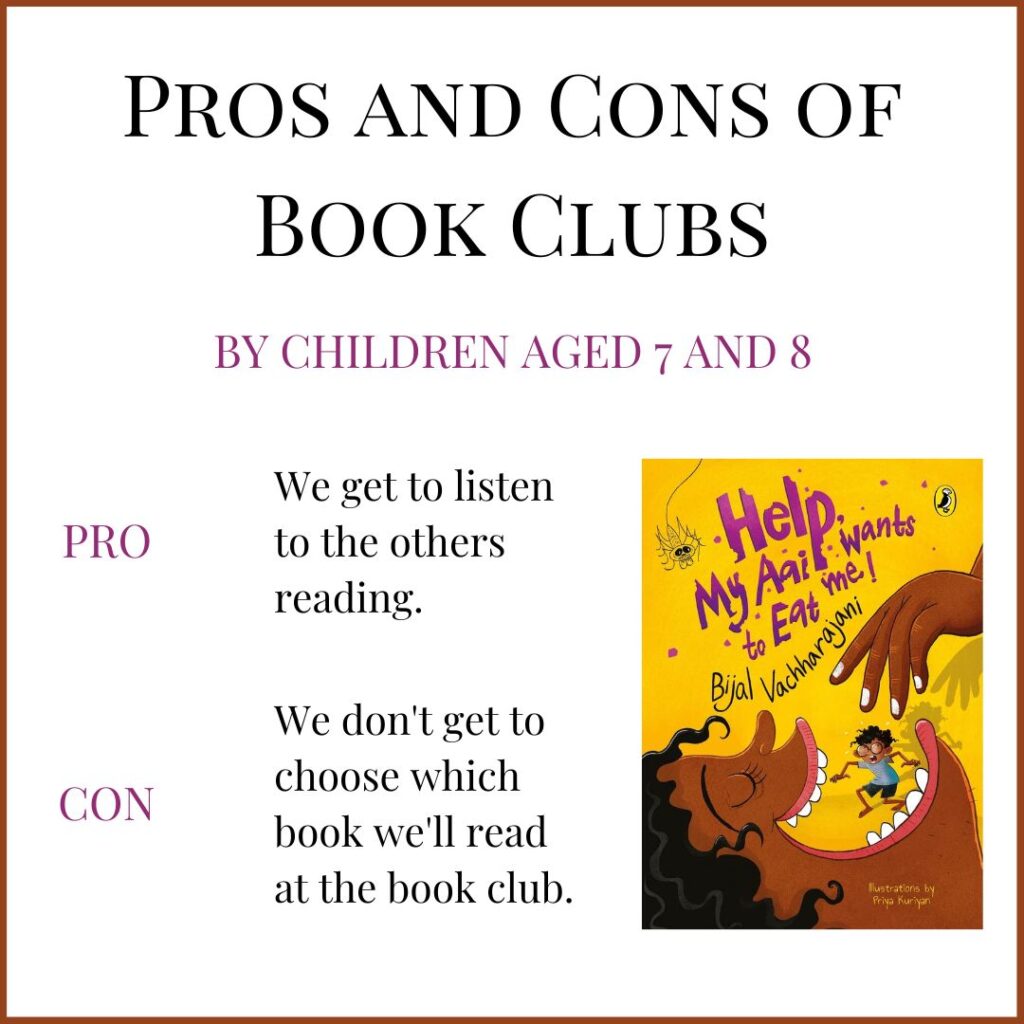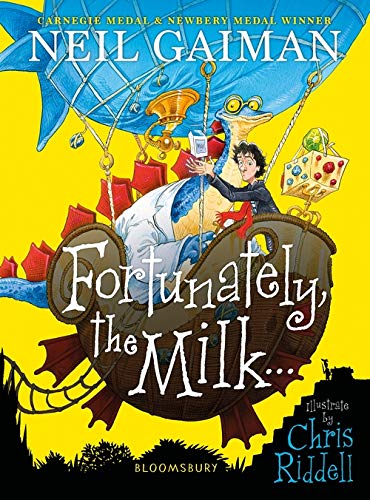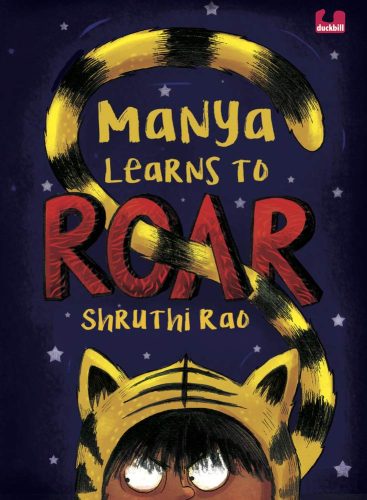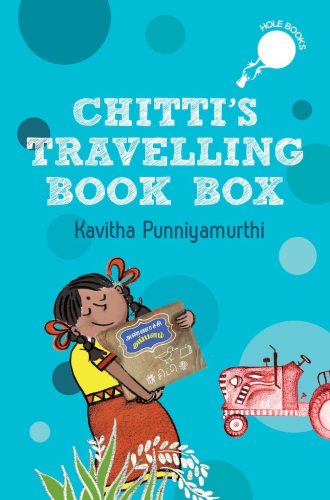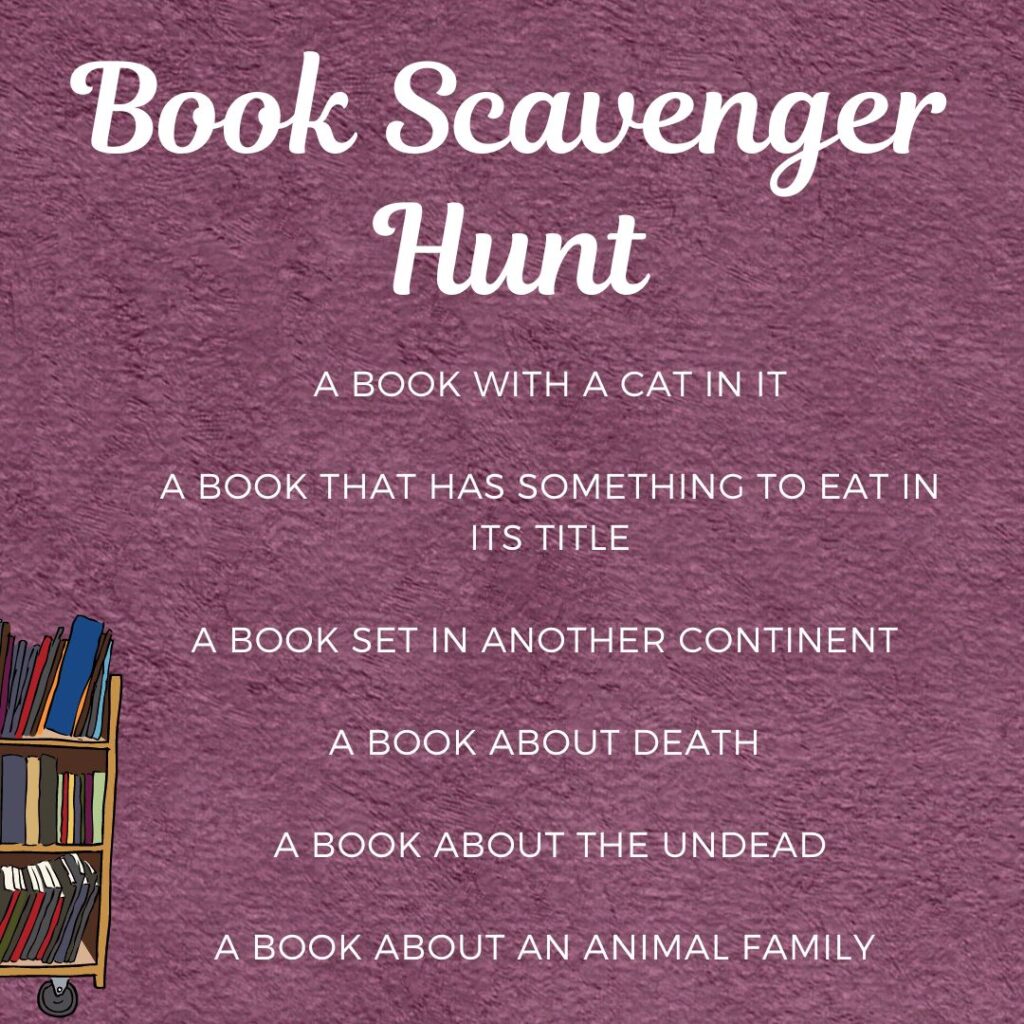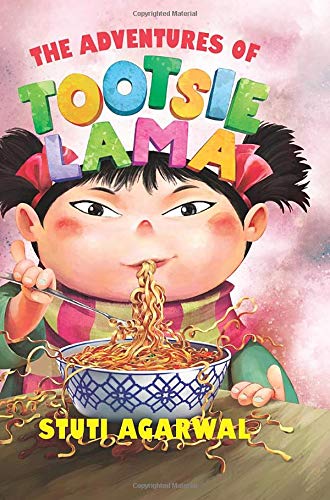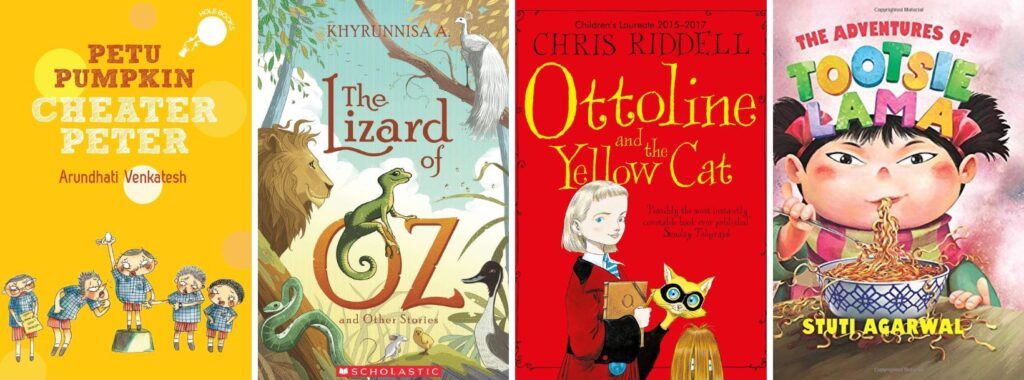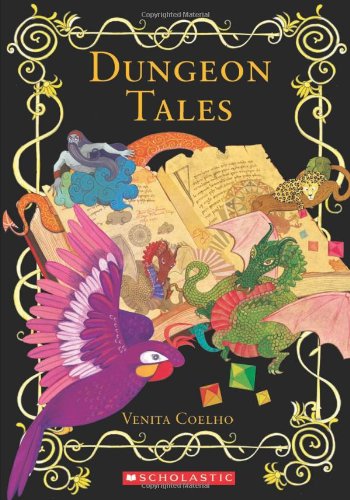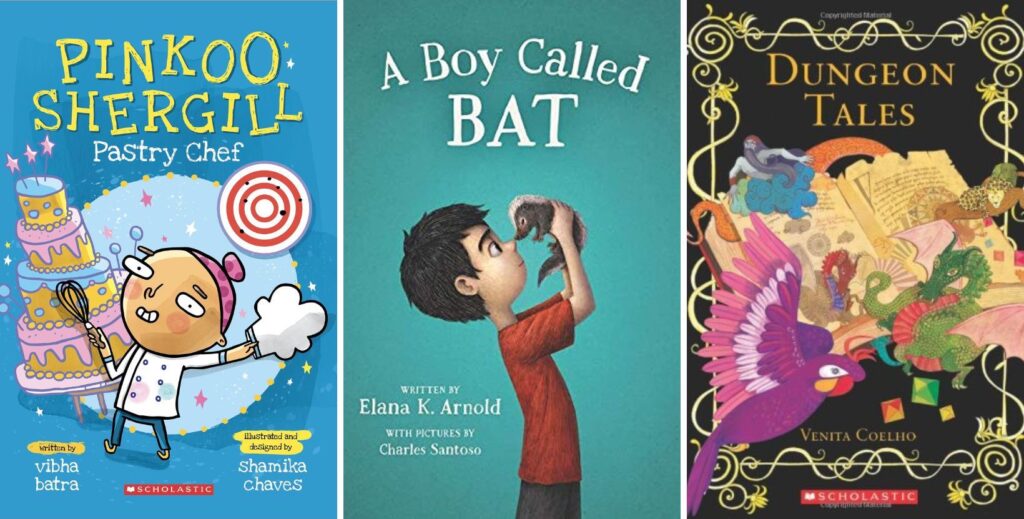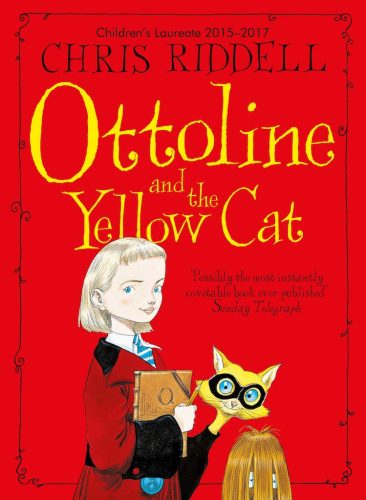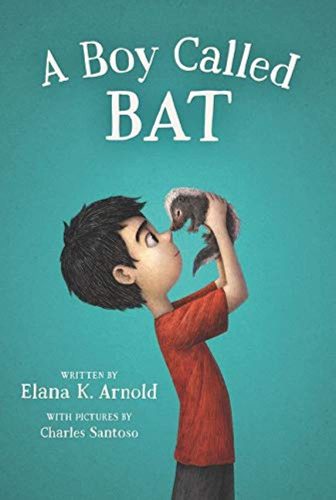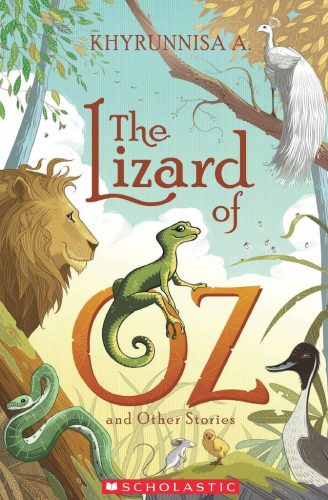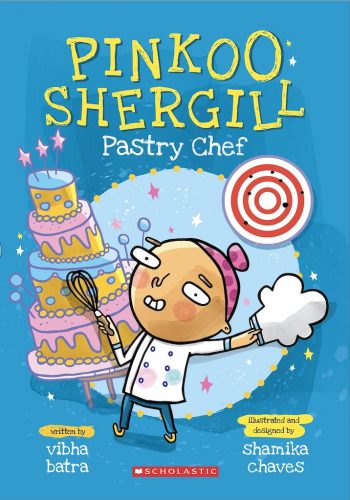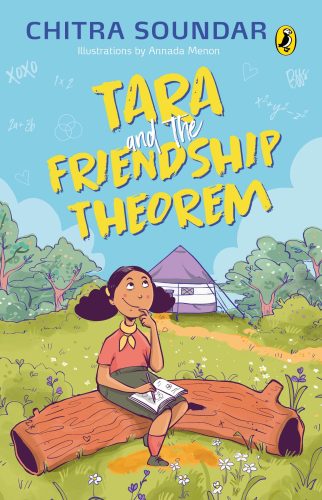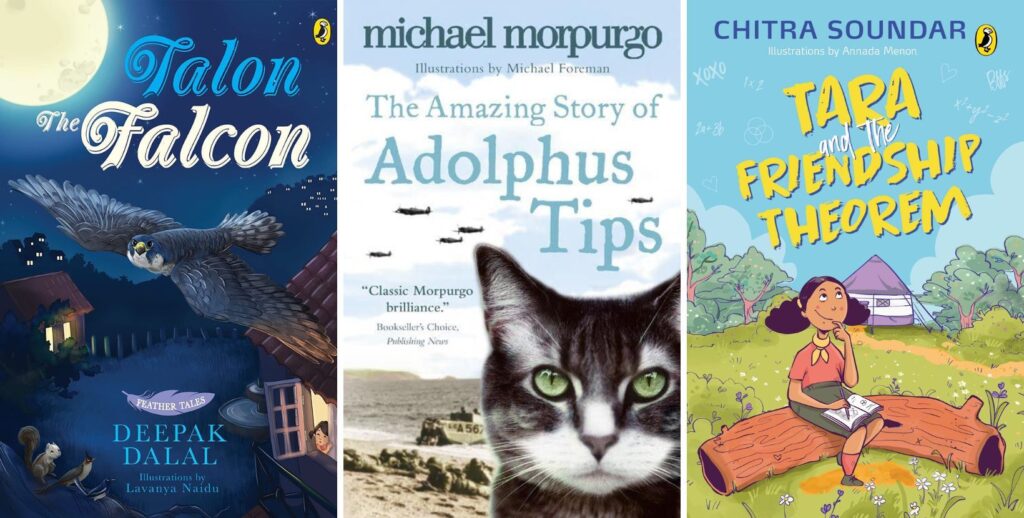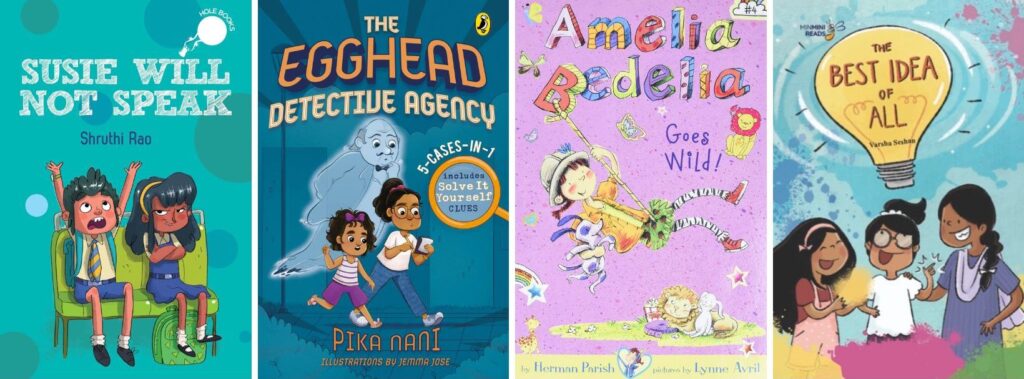Stories: Comic-Page Style
What a rewarding session we had with Nandita Basu! At workshops like this one, I think I learn as much as the young writers who sign up.
Step by step, Nandita led us through the creation of one page of narrative that brings together text and illustration in the style of a graphic novel. We launched straight into the workshop with an interesting prompt that made all of us think. We’ve all wronged someone at some point in our lives; there’s been a time when we were needlessly nasty to someone who didn’t deserve it. This formed the basis of the plot we went on to sketch over the next hour.
Layouts, structure, characters, setting, conflict, emotion … in a single hour, Nandita led us through the whole lot. How important is background when setting the context of our story? Is it all right to make stick figures rather than fully detailed characters? How large or small should the characters be in a given box?
Ten minutes at a time, Nandita led us through the creation of a one-page story. We created the setting and conflict first, and then moved on to emotion and the climax of the story.
Nandita urged us not to rush, but to take our time to finish. I’m waiting to see what the participants came up with!
Green Stuff and Nonsense

What a fun session we had on green writing with Bijal Vachharajani! In a single hour, we spoke of a million creatures from elephants to frogs, ferrets to spiders, lion-tailed macaques to slugs that aren’t slugs.
Bijal’s workshop was a guest session at my writing programme. We’ve just reached the end of our poetry module, so it was the perfect time to invite a guest to do a workshop for us, and I thought of Bijal because the Art is Everywhere series – which Bijal has co-authored – is one of my favourite sets of rhyming verse. I loved how she led us through the workshop yesterday, beginning with a free writing exercise for us to shed our inhibitions and get writing and then moving on to more structured writing.
In the central element of the workshop, Bijal showed us seven images (all taken by one of her co-authors Radha Rangarajan), and asked us to write two lines of poetry about each one. Here are the animals we wrote about:
- Jumping spider
- Asian elephant
- Baya weaver bird
- Lion-tailed macaque
- Bush frog
- Mudskipper
- Ghost crab
I loved what the children shared!
Guest sessions add a vibrancy to the writing programme. The best ones sparkle and stand out, making us excited to write again. The next guest session is already in the pipeline, and it promises to be just as much fun!
Kittu’s Very Mad Day
Unfair
Earwig and the Witch
Kolam Kanna
Moin and the Monster
Because of Winn-Dixie
A Flamingo in My Garden
Art Workshop with Kripa

Each time a new writing programme begins, I feel it whizzes by. Twelve weeks are nearly over, and here we are, after our last guest session of the programme, an art workshop with art educator and children’s illustrator, Kripa. It was such a treat!
I’ve been looking at Kripa’s art for a while, and I love it. Her tea journal, her little dough babies, her city sketches … each picture she shares on social media is stunning. Art and writing go together, no matter how much I may say that I cannot draw at all, and that is why I invited Kripa to conduct an art workshop for us.
Watching all the children fill their pages with colour warmed me up. It’s a joy to watch them engage in the reflective experience of creating art, and I loved how Kripa guided them through it. The title of the workshop itself is lovely, isn’t it?
Purple sea and pink sky,
Nothing in art is a lie.
Kripa began by showing us her gorgeous artwork featuring the sky and the sea. Often, we restrict ourselves to traditional colours when we draw. The sky is blue, the sea is blue-green, and land is brown. Yesterday’s session was about experimenting with these colours, by using bold, unconventional colours to express ourselves.
I also loved Kripa’s first and most important rule: don’t erase. There are no mistakes! She asked the children to imagine that their eraser had fallen into the sea, or better, that the eraser had not been invented yet.
Beginning with a single horizontal line, Kripa taught them about positive space and negative space. Using non-traditional colours, the children explored mixed media to create seascapes of their own. Even as they worked, Kripa spoke about strokes, both for oil pastels and for poster colours, encouraging the children to create layers.
And voila! In an hour, each of the children had a work of art to show. I’m waiting for them to finish their pieces and send me pictures, but the little we saw was lovely too.
With that, another set of workshops comes to an end. But before I know it, October will be here, and I’ll be planning my next set of guest sessions …
Bookaroo Srinagar 2023
Read, Write, Race
The Prophecy of Rasphora
Fortunately, the Milk …
Journey to Jo’burg
Manya Learns to Roar
Munni Monster
Chitti’s Travelling Book Box
Non-Boring Nonfiction

It is always so rewarding when a guest speaker repeats something you’ve been saying at your writing programmes for a long time! Thank you, Vaishali, for this session on non-boring nonfiction, and for reiterating so many things that keep needing to be said!
In November last year, I watched Vaishali Shroff conduct two sessions at Bookaroo Vadodara. One was based on Sita’s Chitwan; the other on Batata, Pao and All Things Portuguese. Right away, I was sure she would be the perfect person to do a nonfiction workshop with the children at my writing programmes. Unfortunately, working something out right away was impossible, but after much juggling of schedules, we finally managed to do it this time.
Step by step, Vaishali took us through the writing of engaging nonfiction. With an exercise inspired by something as simple as the picture of a mango, she helped the young writers understand the difference between a bland visual description and a hook that draws the reader in. I loved how different the first pieces the children shared were from the pieces they shared at the end of the session!
With examples from her books, she stressed the importance of research and fact-checking. Bringing a plot and story into our nonfiction is important too! And all the while, as she worked with mentor texts, she kept the children active, making them write and share one short piece after another.
Most importantly for me, there were several things Vaishali said that made me rejoice quietly, simply because it’s great to have someone else repeat something I keep trying to bring into my writing programmes.
One, don’t be lazy about rewriting. If something doesn’t work, delete it!
Two, focus. Your piece must have focus. I usually refer to this as purpose, and I keep asking: what is the purpose of this piece?
And three, research. Don’t just write things you find on the internet! Fact checking is important.
Guest sessions are rewarding; the next one will be here in June!
Poetry in Collaboration with Sampurna Chattarji

My first guest session of the season – Poetry in Collaboration – was such a success! With sixteen enthusiastic participants and one lively, energetic facilitator, the hour flew by before we knew it. Haiku, renga, nonets, free verse–we explored it all.
Often, we believe that writing must be a solo activity. We have creative thoughts and ideas, and we want to have full control over them. However, collaboration can lead to unexpected, sometimes beautiful, consequences. Sampurna is a serial collaborator, as she describes herself, and the stories she shared about her collaborative writing experiences were lovely. Step by step, she led the participants through their own work. How does one begin? What methods can we follow? How do we go on, while being mindful of our own creative impulses as well as those of our partner’s?
In a whirlwind of a workshop, Sampurna visiting one breakout room after another – there were eight in all! She helped overcome roadblocks, gave the pairs suggestions and feedback, and helped each writer ask questions about the choices they made. The poetry module of my writing programmes is almost over, and this was a grand way to bring it towards its conclusion.
A few key takeaways:
- Listening to your partner is important! Collaboration is about working together with a clear goal in mind.
- Collaboration works well when your partner is different from you. If you already have similar tastes and ideas, you are much more likely to create something quite predictable.
- Choosing a setting that both partners are familiar with, but in different ways, leads to surprising results.
There were so many more ideas and thoughts, but an hour’s workshop has never felt shorter. Here’s to more workshops filled with ideas and magic!
The Adventures of Tootsie Lama
Dungeon Tales
Ottoline and the Yellow Cat
A Boy Called Bat
The Lizard of Oz and Other Stories
Pinkoo Shergill: Pastry Chef
Petu Pumpkin: Cheater Peter
Writing Poetry
I’ve been conducting writing workshops for a long time, and if there’s one thing I love working with, it’s poetry. Nearly every writing programme I conduct begins with a poetry module. Why? Because it’s accessible. It’s far easier to write a poem in a week than it is to write a story in a week.
And so, each time, I try to work with different kinds of poetry. We’ve done list poems and narrative verse, limericks, rhymes, poems with strong verbs, and much, much more. Everything serves as a poetry prompt for me, and I think it can work for anyone!
For instance, what we read always helps us to get creative, and so, my reading programmes too have an element of poetry sometimes. Here’s a brief look some of the kinds of poetry we’ve explored recently.
Cinquains
The first poem below is a cinquain, which the children wrote when we read I Survived: The California Wildfires, 2018. Climate change is a phrase children encounter all the time. What signs of climate change do we see around us? Cinquains push children to pay attention to each word they choose. Teaching cinquains creates opportunities to brainstorm, explore our vocabulary, and attempt to find the perfect fit.
List Poem
I led the children through the second poem below when we read Crenshaw. Guided writing exercises, with poetry worksheets, work so well! In the story, Jackson and Robin put together a keepsake bag, and this prompted us to write about a keepsake bag of our own. I think it’s a lovely way for children to think about what is precious to them.


Of course, writing programmes allow us to explore even more. With each writing programme I conduct, I, too, become more ambitious. During the last two editions of the programme, I chose the best pieces and put together a zine (download issue 1 here and issue 2 here). This pushed the children to work even harder, editing and rewriting their pieces until they were satisfied.
Free Verse and (Rhyming) Puzzle Poems
In the April to June session, I introduced the participants to Emily Dickinson’s Hope is the thing with feathers, and then I guided them through a poem in free verse, comparing an emotion to an animal. I also worked with puzzle poetry because I love riddles, particularly rhyming riddles. Plus, it was the perfect pre-writing activity for us to work on detective stories!
Free verse allows children to become more familiar with metaphors, similes, personification, onomatopoeia and the like. It allows them to look at these literary devices as more than just terms, understanding what poetic effect they create. And the puzzle poems we wrote? While working on rhyme and meter, we also find ways to involve the reader!


Haikus, Acrostics and Reverse Poetry
In the latest edition of the writing programme, we grew more ambitious. I came across Brian Bilston’s review haikus, and I wondered whether we could do something along those lines. We took this idea further and explored recipe haikus too.
In keeping with the same idea of testing our limits, I also wondered if we could take a form that every child explores at some stage – acrostics. Whether it’s for greeting cards or for a chart in school, children write, or at least read, acrostic poetry at some stage. So, we took this familiar form and tried to do something new. Can we write a backwards acrostic? Take a look at one of my favourite ones below!
Our most ambitious project so far has been reverse poetry, and I was impressed with the poems the children wrote. I’m not usually someone who is effusive with praise, but the reverse poems they created were clever and lovely. Of course, we read multiple examples, and of course, I guided them through the process. But to successfully write a reverse poem – which conveys the opposite meaning when read in reverse – is a feat. There are many more in the latest issue of WORDS, our very own zine!


Writing poetry is fun, and getting children to write it is, honestly, equally rewarding. When creative writing seems difficult, I turn to poetry. Not because it’s necessarily easier, but because it is liberating. More importantly, especially when working with children, I think it’s important to play with poetry. Explore it, enjoy it, create something new. Rhyme is great. But there’s so much more that all of us can explore.
Do read our zine, and tell us what you think. Before you read it, though, I’d like to say – I’m sure there are typos. I’m also sure that lots of people could have designed it better – I’m a writer, not a designer. Even so, I can unabashedly say that I’m proud of it and I’m waiting for the next edition.






